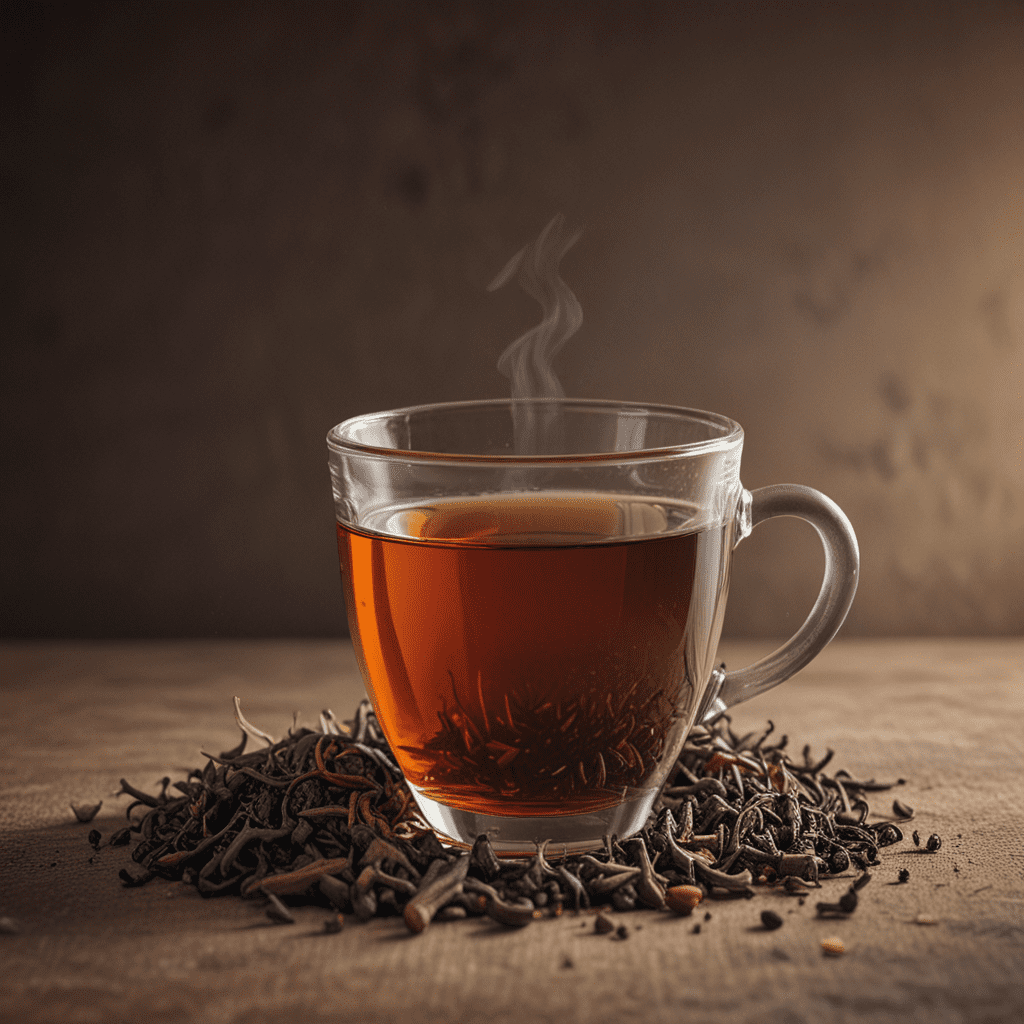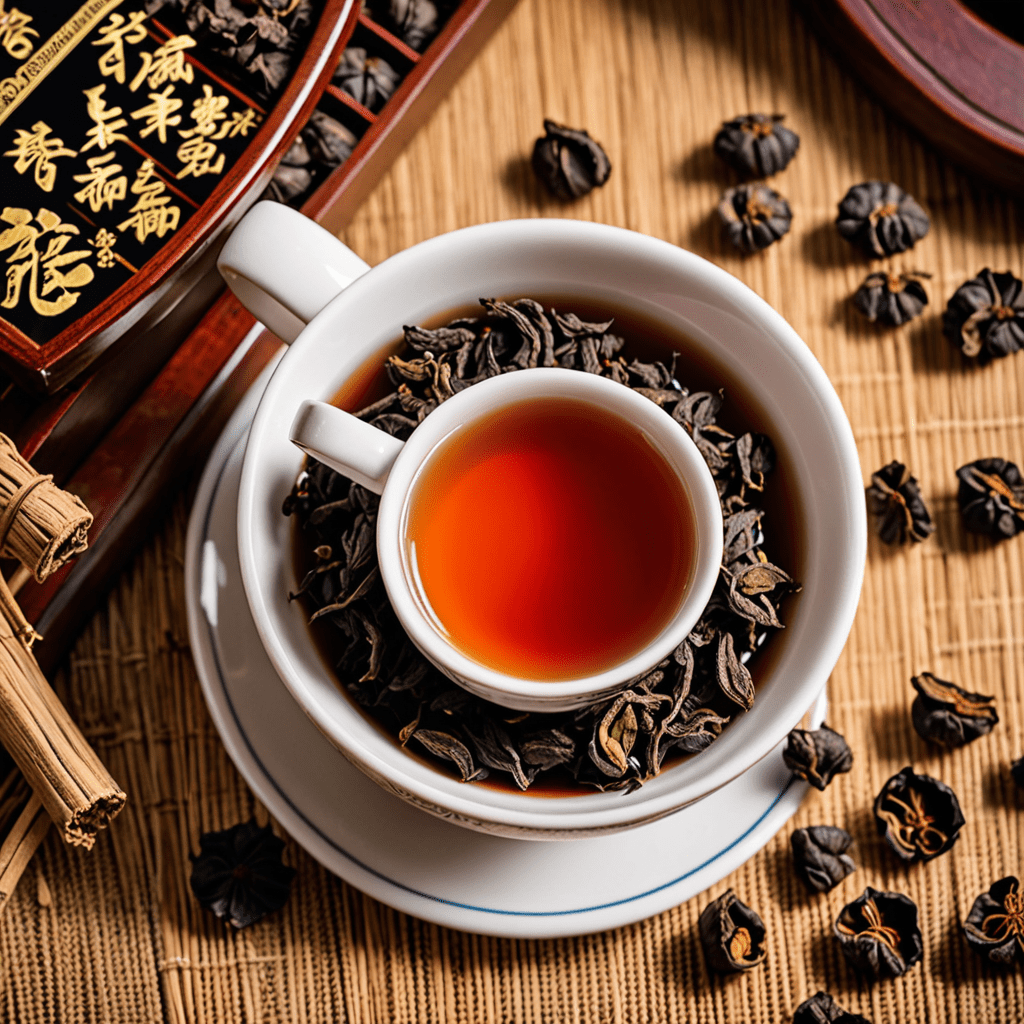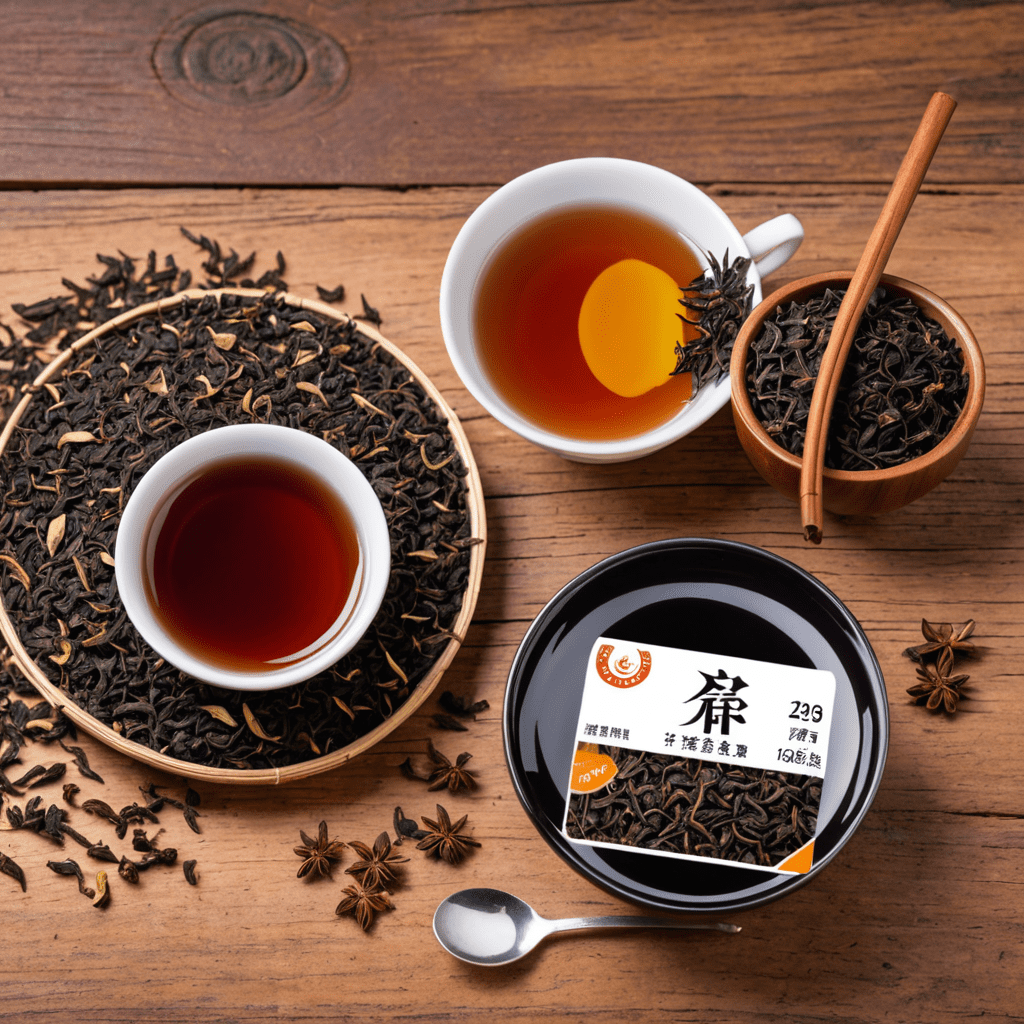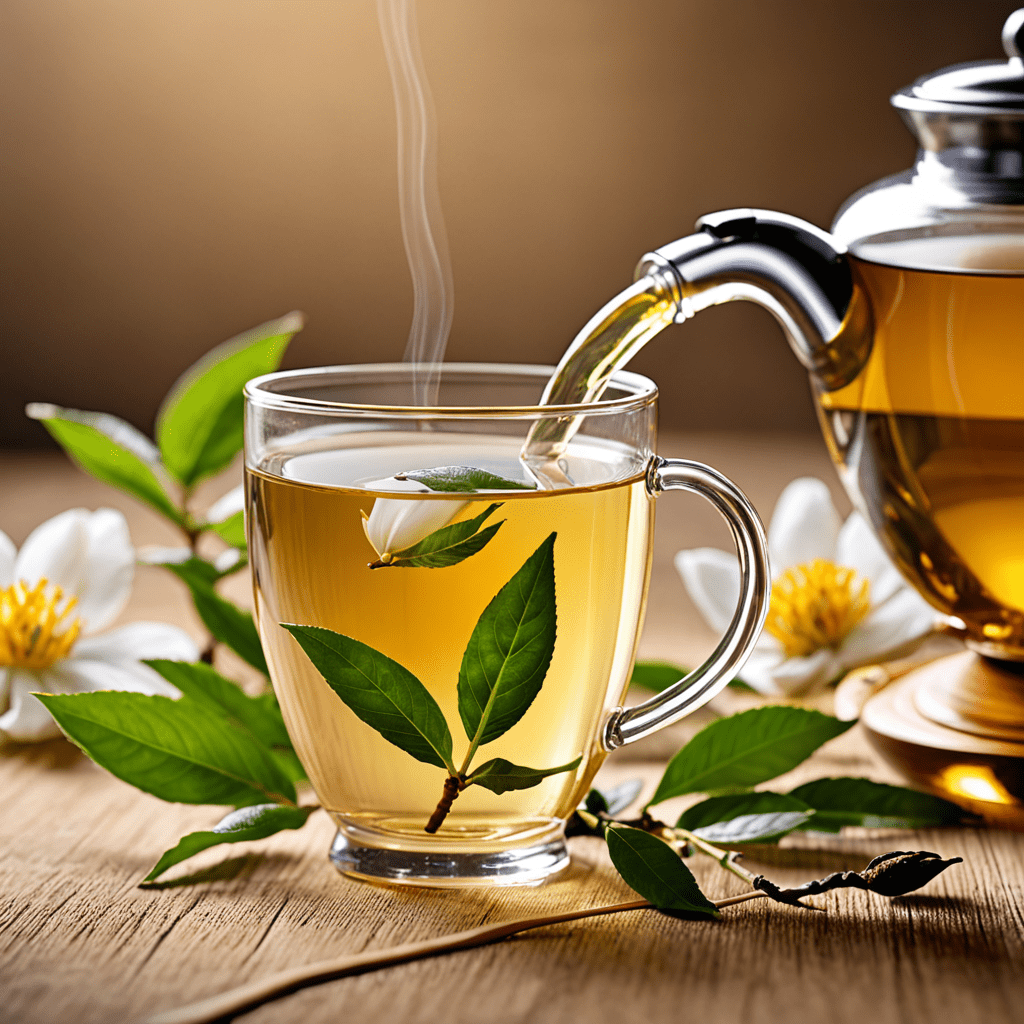Assam Tea: The Essence of Indian Tea Culture
I. Historical Origins
Assam tea, a cornerstone of Indian tea culture, traces its roots to the lush valleys of the Brahmaputra River in the northeastern state of Assam. Its discovery in the 1820s by British explorer Robert Bruce ignited a transformative era in the global tea trade, establishing Assam as a premier tea-growing region. Assam tea earned recognition for its robust flavor, rich aroma, and ability to withstand rigorous processing, becoming a ubiquitous presence in teacups worldwide.
II. Geographical Significance
The Brahmaputra Valley, with its unique microclimate, is the birthplace of Assam tea. Abundant rainfall, fertile soil, and the meandering Brahmaputra River provide an ideal environment for tea cultivation. The region's topography, marked by rolling hills and flat plains, allows for both large-scale plantations and smallholder farming, contributing to the diversity of Assam tea production. The geographical isolation of the valley has also preserved the purity of the tea, preventing cross-pollination with other varieties.
III. Cultivars and Varieties
Assam tea is primarily derived from the Camellia sinensis var. assamica, a large-leafed variety known for its hardiness and adaptability. Within this cultivar, there are numerous sub-varieties, each with distinct characteristics. Some notable sub-varieties include:
- Assamica: The original and most common sub-variety, known for its strong flavor and high caffeine content.
- Manipur: A prized sub-variety grown in Manipur, known for its delicate floral notes and golden tips.
- Namrup: A high-quality sub-variety known for its rich amber color and malty flavor.
- Tipi: A sub-variety characterized by its small, needle-like leaves and brisk, refreshing taste.
VI. Blending and Grading
Assam tea is often blended with other teas to create unique flavor profiles. Blenders combine different sub-varieties and grades to achieve desired characteristics, such as strength, body, and aroma. Assam tea is also graded based on its leaf size, appearance, and quality. Higher grades, such as OP (Orange Pekoe) and BOP (Broken Orange Pekoe), consist of larger, whole leaves and command a premium price.
VII. Health Benefits
Assam tea is not just a flavorful beverage but also offers numerous health benefits. It contains antioxidants, which protect cells from damage and may reduce the risk of chronic diseases. Assam tea is also a good source of caffeine, providing a boost of energy without the jitters associated with coffee. Additionally, it contains theanine, an amino acid that promotes relaxation and focus.
VIII. Cultural Relevance
Assam tea is deeply intertwined with Indian culture. It is an integral part of daily life, enjoyed in homes, offices, and tea stalls across the country. Assam tea is often served with milk and sugar, known as "chai," and is considered a symbol of hospitality and warmth. Tea plantations in Assam are also major tourist destinations, offering visitors a glimpse into the world of tea production.
IX. Economic Importance
Assam tea is a major economic driver for the state of Assam. The tea industry provides employment to millions of people, from farmers to factory workers. Assam tea is also India's largest export tea, earning valuable foreign exchange for the country. The revenue generated by the tea industry contributes to the development of infrastructure, education, and healthcare in Assam.
X. Sustainability and Environmental Impact
Tea plantations in Assam cover vast areas and have a significant impact on the environment. Sustainable practices, such as reducing pesticide use and conserving water resources, are essential to minimize the environmental footprint. Many tea estates have adopted organic farming methods to protect biodiversity and promote soil health. Additionally, initiatives to empower women and ensure fair wages for workers contribute to the social sustainability of the Assam tea industry.
Frequently Asked Questions (FAQs)
Q: What is the difference between Assam tea and other black teas?
A: Assam tea is known for its strong flavor, rich aroma, and high caffeine content. Compared to other black teas, it has a more malty and robust character due to its unique cultivar and growing conditions.
Q: How should I brew Assam tea?
A: Assam tea can be brewed using various methods. For a strong and flavorful brew, use 2 grams of tea leaves per 8 ounces of water and steep for 3-4 minutes. Adjust the brewing time and temperature to suit your taste preferences.
Q: What are the health benefits of Assam tea?
A: Assam tea contains antioxidants, which help protect cells from damage. It is also a good source of caffeine, providing energy without the jitters, and contains theanine, which promotes relaxation and focus.
Q: Is Assam tea sustainable?
A: Many tea estates in Assam have adopted sustainable practices, such as reducing pesticide use, conserving water resources, and using organic farming methods. They also implement initiatives to empower women and ensure fair wages for workers, contributing to the social sustainability of the industry.



